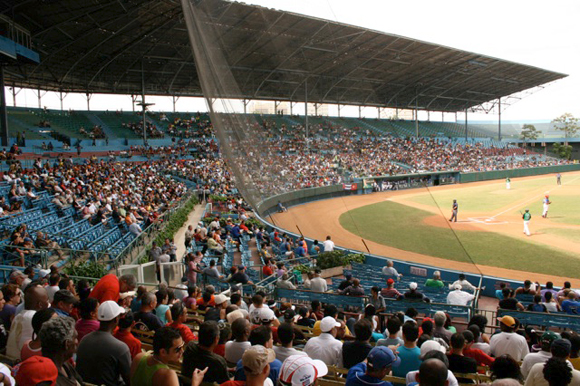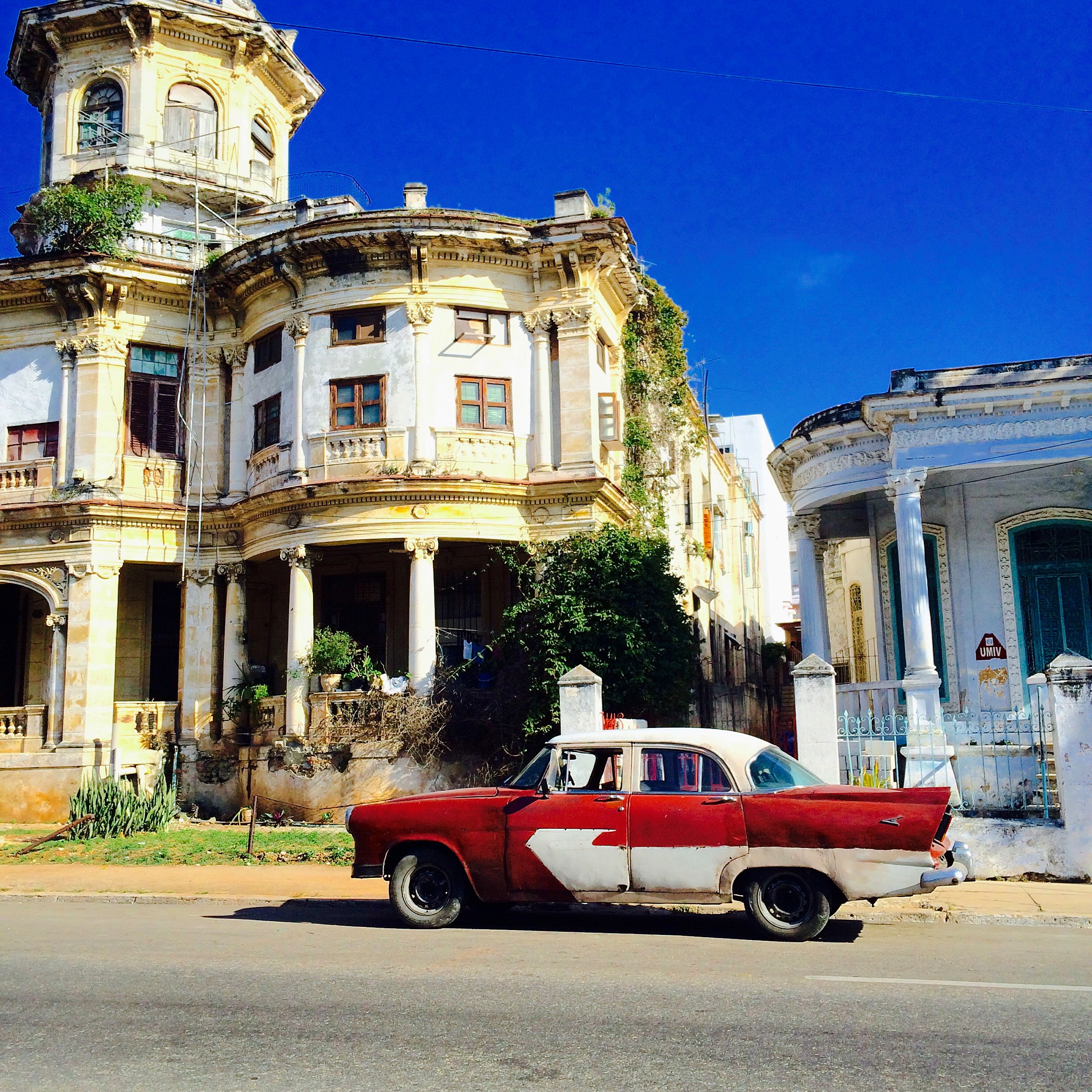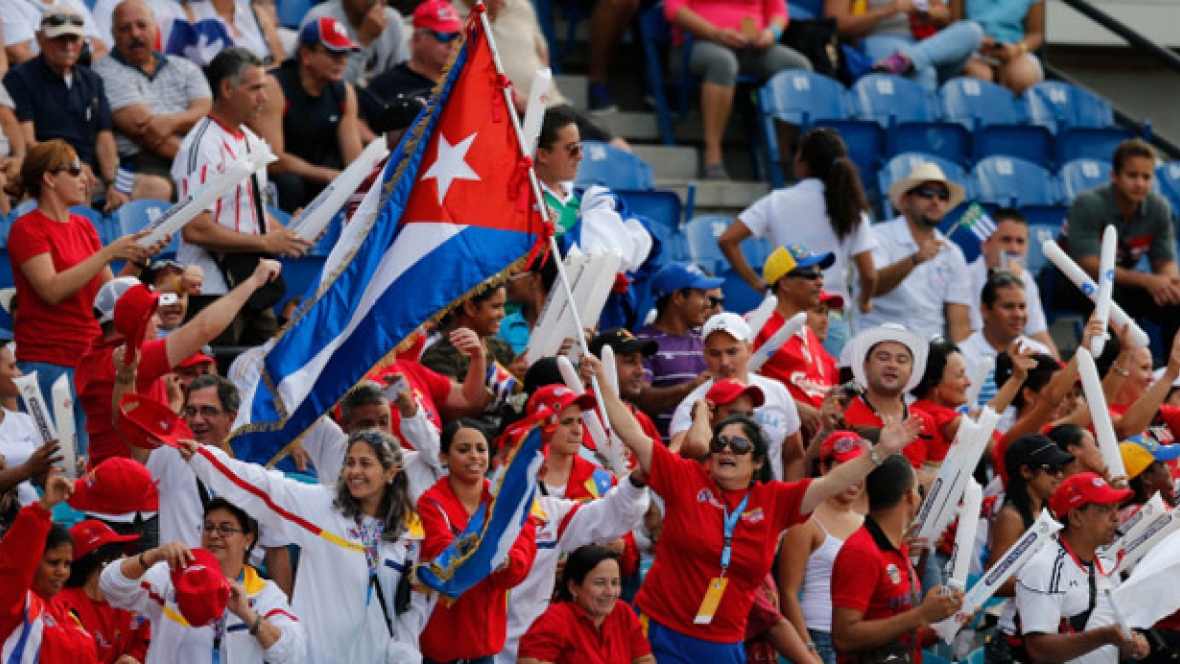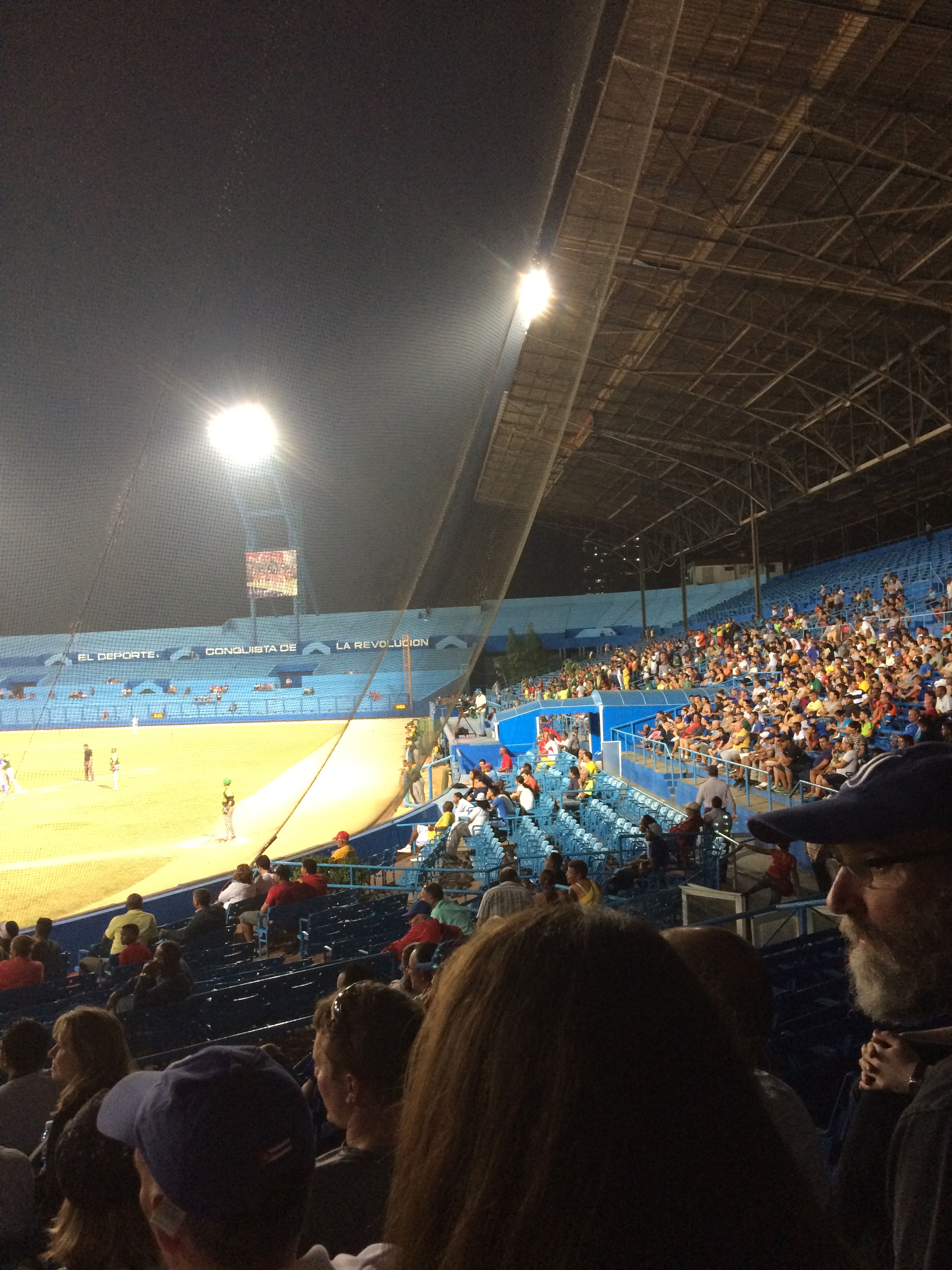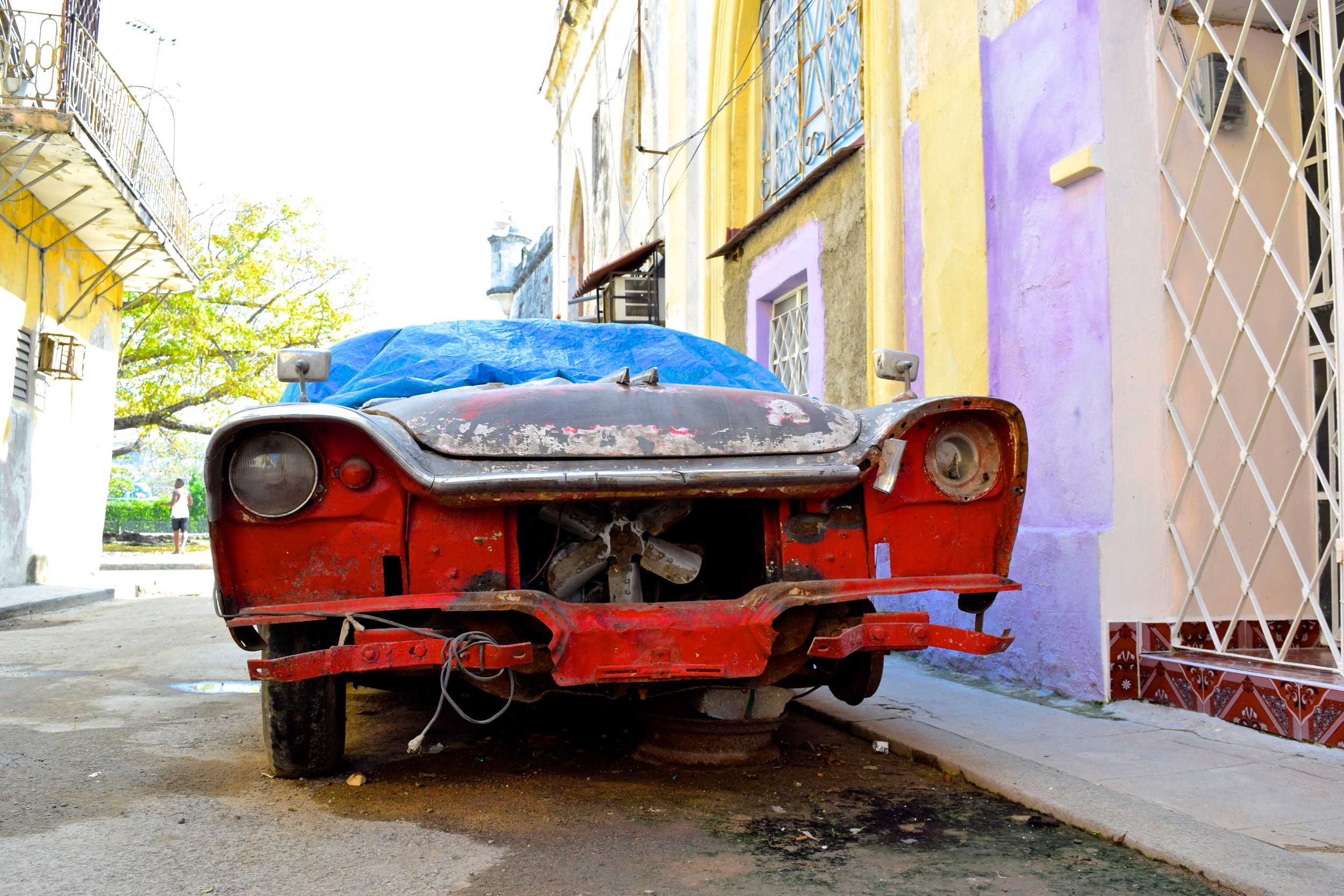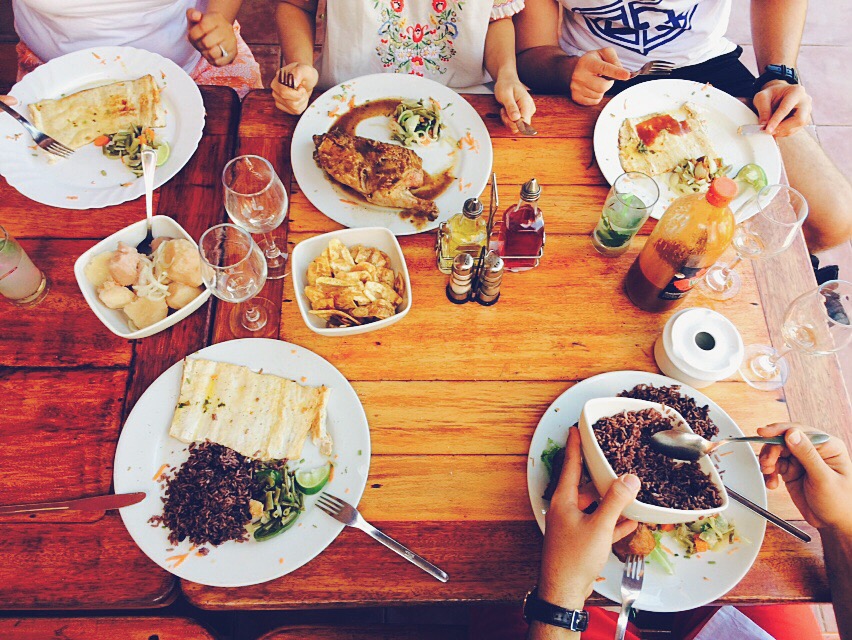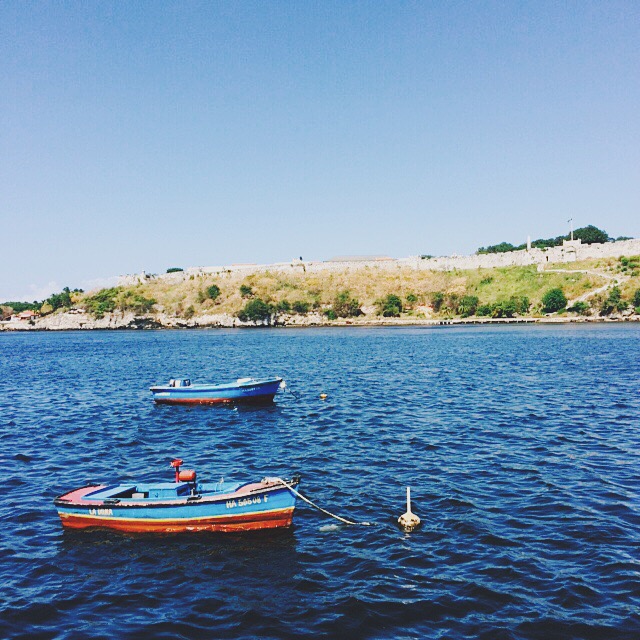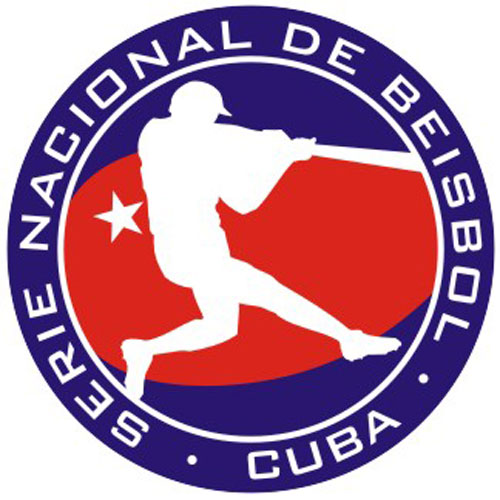Havana Hardball: Smuggling Sluggers
As baseball’s spring training 2017 begins, there is much activity surrounding Cuban players. For one, the St Louis cardinals signed a top Cuban free agent player, Jose Adolis Garcia this Friday. The outfielder is only 24 years old and the younger brother of Braves third baseman Adonis Garcia. It’s a minor-league deal, but it's a $2.5M bonus. What made this island's athletes such a financial investment for the US? What of Cuba's history even enabled this recognition and why are the players such a luxury for other teams? Well everyone knows that baseball is Cuba’s national sport and the pure talent of the players is globally unmatchable. Star players in the country are regularly sought out and solicited by pro leagues throughout the world for several reasons, attesting to the complex political history.
History & Communist Influence
Lets go way back. Two brothers named Nemesio and Ernesto Guillo returned to their island from studying abroad in the US with a bat and ball in the 1860's. Fast forward 100 years later... Students are shouting curse words against the murderous president at the time, Batista. Havana's stadium is in an outrage. Interrupting a Cuban league baseball game, a young law student named Fidel Castro grabs the ball and gets up on the mound. After throwing out a few practice pitches, he faces off against future American Major Leagues' slugger Don Hoak, before being kicked off the field.
"Castro gave me the hipper-dipper wind-up and cut loose with a curve. Actually, it was a pretty fair curve. It had a sharp inside break to it and came within an inch of my head," Hoak recounts in a 1964 Sport magazine article called "The day I batted against Castro"
"Had Fidel continued to pursue baseball, we would have had a very different history in the last 50 years" - Peter Bjarkman, baseball historian
Roberto Gonzalez Echevarria, Cuban-born Yale professor and author of The Pride of Havana: A History of Cuban Baseball, explains that the communist regime known well for being fiercely anti-American, simply couldn't do away with the infectious sport. It's ingrained in the culture, just as futbol is in Brazil. He adds that Castro's harsh impact was important, having created a golden age for the sport. Back then, the top players used to leave Cuba to go play for the best teams in the US.
Castro certainly left behind a legacy of both restricting and investing in communist nation's most beloved sport. As a result, Cuba's amateur league is overflowing with star talent. These players gain international recognition for their skills at bat, although sadly even the best players make less than 1,500 pesos a month, roughly $56. Shockingly, waiters in hotels and restaurants make about 10 times more than the country's star athletes. Sadly, the Cuban Baseball Federation pockets up to 30% of the player's salaries, and players seek desperate measures to enter the US for better opportunity.
Smuggling Sluggers
For the players who leave Cuba, we cannot ignore from acknowledging the past stories of Cuban baseball players being mugged, kidnapped and families threatened. At least 20 players have been brought into the US by smugglers in the past 15 years (according to court documents coming from over 10 federal investigations).
A Defector: a person who gives up allegiance to one state in exchange for allegiance to another, in a way which is considered illegitimate by the first state. More broadly, it involves abandoning a person, cause or doctrine to which one is bound by some tie, as of allegiance or duty.
If a player manages to reach Florida shores, only 90 miles north of Havana, he can instantly cash in on his athletic merit. The "wet-foot, dry-foot" immigration policy allows all Cubans to receive special treatment from the U.S. government, as opposed to Mexicans or other latino immigrants. Cubans who touch U.S. soil are placed on in a process towards legal residency. If they are caught by the US coast guard while still aboard a raft or swimming in water, they are often times told to turn around and swim back, or air-lifted back to Havana. Cubans who arrive as refugees are subject to the MLB's draft, only chosen by one team. Rookies are usually offered the minimum salary of $500,000, without the power of any negotiation.
Although international players are not subject to the draft. They may negotiate with any team they choose, and bidding can send contract deals into the low millions. That high price creates the big motivation for kidnappers and "bad guys" in the smuggling business. They use forged immigration documents to sneak players in through Mexico. As disguised "Mexican residents," they qualify as international, thus meaning they may negotiate free agency contracts with MLB teams. In this sly coy, all sides seem to win. The player gets a shot at a much higher salary, the smugglers get a large cut, and MLB gets star players. Although obviously the whole process enables criminal activity engaged in violent human trafficking. It basically preys on the players themselves by extorting them. Despite numerous requests from CNN, MLB has declined to comment about smuggling operations.
A perfect example of this type of journey would be Yasiel Puig, right fielder for the LA Dodgers, born in 1990 in Cienfuegos. At age 9 he picked up a bat and learned the sport, and winded up playing for Cuba's national team. In 2012 he defected from Cuba and signed a 7 year $42 million contract with the Dodgers. But how did he get there? Some coin his story as an amazing and mysterious escape from Cuba. Although the truth is Puig attempted to defect over 10 times in hopes of becoming a legal resident. This would then give him eligibility to sign a MLB contract as explained earlier. He had been caught multiple times by police pulling over his car, by boats which failed to arrive, coast guard interception, and even police raids to their safe house. Eventually a murderous drug cartel named Los Zetas successfully snuck him in on a cocaine smuggle. They'd agreed to sell him for $250,000 to FL based agent Raul Pacheco, whom would receive 20% of Puig's future earnings after being signed to a MLB contract. In addition, Puig had also been offered to NY agent Joe Kehoskie, starting at $250,000 as well as LA agent Gus Dominguez, starting at $175,000.
"Nobody's going to Cuba and bringing out a guy like Yasiel Puig," Kehoskie said, "and just handing him over to an agent out of the goodness of their heart."
How To See A Game
Fans are extremely obsessed with their teams, so first make sure you'll be routing for the right one before talking to anyone! Ask a local fan to be your guide to a game for a few bucks. Most Cubans know the stats and names of all players and will enjoy telling tourists all about them during a game. This can be invaluable, because attempting to purchase a ticket can be annoying as hell for a traveler. There are no advance sales! It is even funny because most scoreboards ceased functioning many years ago, therefor the public address system is usually of unintelligible quality. There is not a guide in either of the country's 2 newspapers, and the national baseball federation website is often not updated or working because of the countrywide limited internet access. Game schedules are set close to the beginning of the season, and just finding the basics such as determining the actual time of a game is confusing. Games usually have around 15,000 fans, which you can imagine leaves the intensity in the stadium simply unmatched to an American MLB game. The price for the average Cuban citizen is a few pennies, however to sit in the special off area where tourists sit costs 3 CUC (or 3 USD). If you cant manage to score a seat at a game, fear not... because the sport is literally all over the country with pick-up games being played in every park, square or street corner day and night.
Luckily there is a website where Bjarkman contributes to Baseball de Cuba (www.baseballdecuba.com) on how to catch games. Check it out before your trip. Vale.
Bat Facts
- The worlds oldest professional baseball player was Cuban, Conrado Marrero, whom died at the age 102
- The first black Cuban MLB player was Minnie Minoso in 1949, a star player who fled the country
- Baseball season begins in August with some breaks for the Cuban National team’s international tournaments. At the mid-point of the season in December, the 16-team roster gets shaved down to 8 teams with the top 4 teams heading to the playoffs.
- The televised games are usually played at night while others take place during the day.
For political updates and a destination guide of Cuba, check out this informative article here!
For political updates and a destination guide of Cuba, check out this informative article here
For Cuban Nacional 2016/2017 Season Stats Click Here
